The Bay, the eighth sea
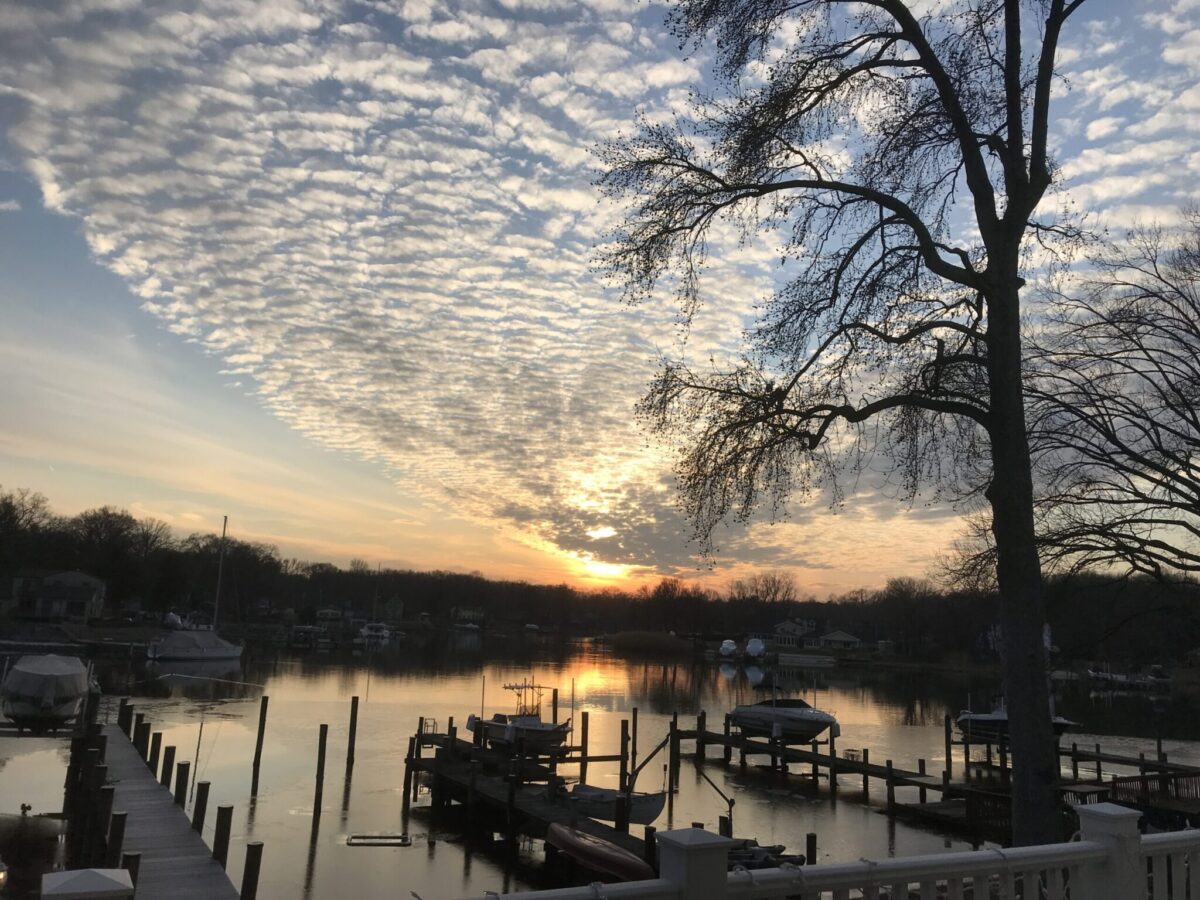
Estimated Reading Time: 8 minutes – It is a late February Sunday afternoon in the Chesapeake Bay. A bright, sunny winter day started with cardinals singing outside our window. Now, the daylight is fading away with a wonderful sunset, preparing to proudly display its colors. Limitless shades of blue, pink, yellow, orange, and red streak across the evening sky. Soon, the surface of the water also reflects those beautiful, harmonious colors, saying goodby to the daylight and welcoming the night. The honking of a flock of geese flying by reminds me that even the night is alive in the Chesapeake Bay.
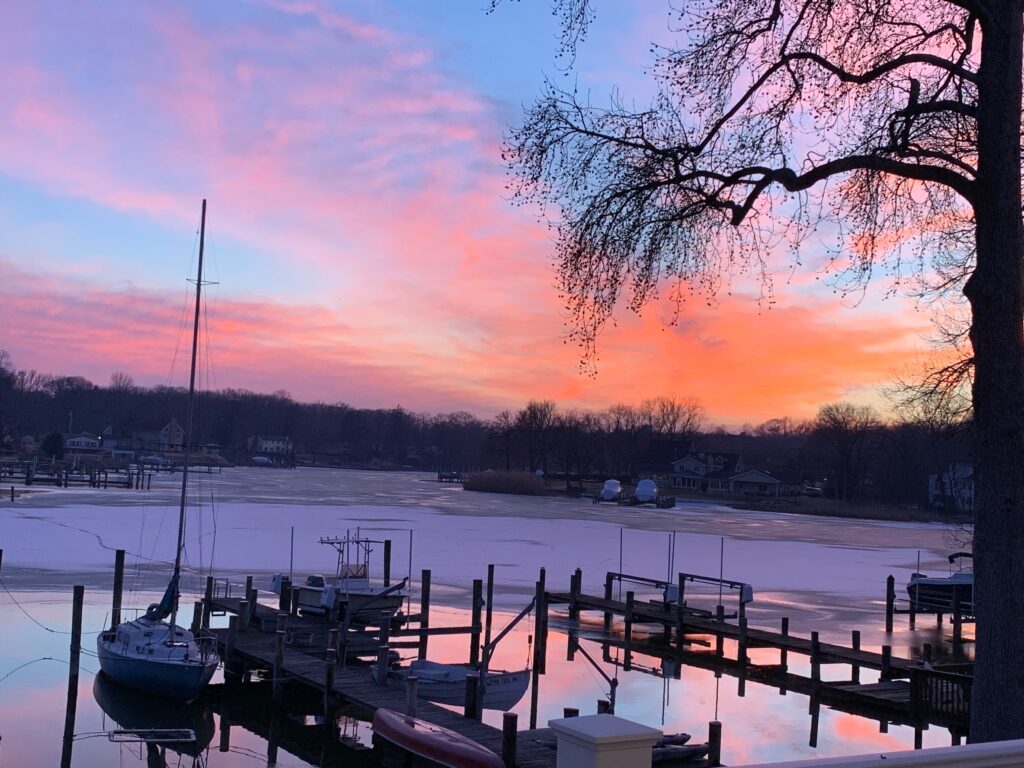
There is something about wanting to take photos and freeze those special moments in time. We can’t stop taking photos of wonderful sunsets and sunrises.
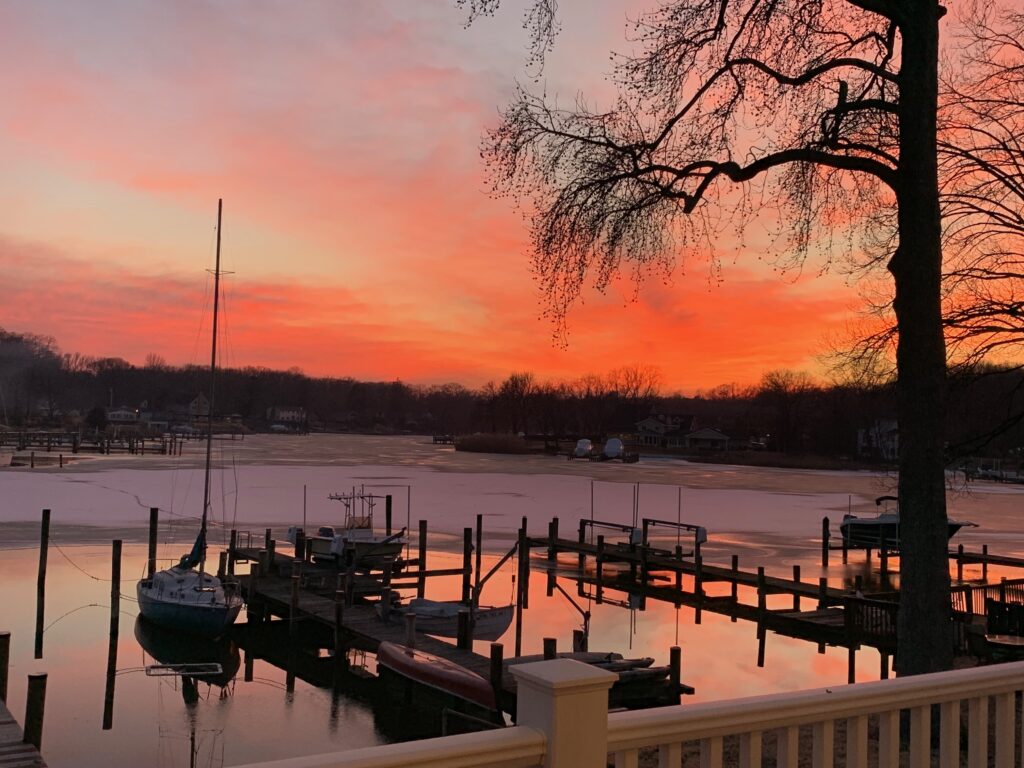
To me, it is a paradise found. We have a sign that declares the same above our tall deck windows connecting us with the outside. It is truly one of the paradises on earth. A couple of weeks ago, diving ducks
appeared by the dozens in front of our house, and by the hundreds on the nearby shores of the Bay, as if they had come to a formal event, wearing black and white attire as a prominent part of their plumage. They dive and swim underwater to locate their prey. To take flight, diving ducks need a running start across the water. It is absolute fun to watch them diving, bobbing their heads up out of the water a few minutes later, several feet away. Sometimes, you can even see them getting that running start across the water to take flight.
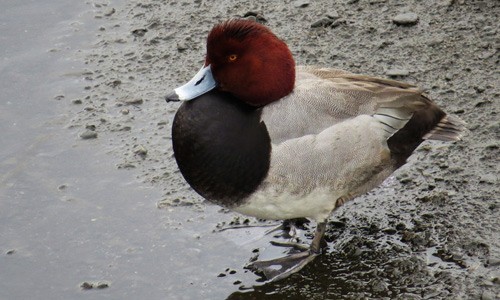
The late Allan C. Fisher, Jr., editorial correspondent for the National Geographic Society during the 1950s, published a book in 1973 titled, “America’s Inland Waterway,” which referred to the Bay as the “eighth sea.” What is this “eighth sea” that Fisher calls the Bay? Are there only 7 seas
in the world? How many oceans are there?
I bet you haven’t thought about all this lately, if ever, have you? Well, the ancients believed that there were only 7 seas
in the world: the Mediterranean, the Caspian, the Adriatic, the Red Sea, the Black Sea, the Persian Gulf, and the Indian Ocean.
The Creator must have fashioned the Bay while practicing for the larger handiwork of Paradise
Fisher’s book is one of my two journey reference materials that inspired my dream of undertaking the Atlantic ICW boat trip, as well as many other overnight trips in the Chesapeake Bay. Referring to the Chesapeake Bay leg of the ICW, Fisher wrote, “The Bay. If you live on its shores, or if a gracious and kindly Providence once permitted you to live there, “the Bay” can only mean the Chesapeake, an eighth sea in the thinking of many of its residents, a place the Creator must have fashioned while practicing for the larger handiwork of Paradise.” I completely and wholeheartedly agree with him. Apparently, Captain John Smith also succumbed to the Chesapeake’s spell during two voyages of exploration in 1608, while he prepared one of the earliest maps of the Bay.
I can say that Fisher’s impression in 1973 of the Eastern Shore of the Bay and its look and feel is surprisingly accurate even for today in 2019. He wrote, “Moreover, despite the impact of growing population and the advent of new heavy industry, the Chesapeake remains a place of extraordinary beauty. Only a small part of its shoreline has yet been touched by commercial development and industrial blight. The Eastern Shore, in particular, looks from the water much as it always has….The Chesapeake’s beauty is quiet, gentle, sylvan….” I am going to say that it is definitely still the case in 2019. The Bay is still extraordinarily beautiful.
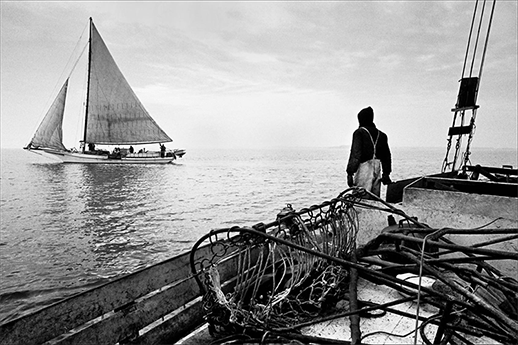
What has changed the most is found below the waterline. Today, there are far fewer crabs. Oysters have nearly disappeared due to the totally careless, unsustainable harvesting practices of earlier years. As the oysters have significantly declined, so too have the watermen of past years, along with their iconic skipjack boats. (The skipjack arose near the end of the 19th century. More on skipjacks is here and if you want to know the condition of oysters today, it is here.)
One way to describe the beautiful Chesapeake Bay in geographical terms is spelled out nicely, in detail, in Wikipedia. If you are not interested in the geography of the Chesapeake Bay, skip this paragraph, it’s okay. “The Bay is approximately 200 miles long from its northern headwaters in the Susquehanna River to its outlet in the Atlantic Ocean. It is 2.8 miles wide at its narrowest (between Kent County‘s Plum Point near Newtown and the Harford County shore near Romney Creek and 30 miles at its widest (just south of the mouth of the Potomac River). Total shoreline including tributaries is 11,684 miles, circumnavigating a surface area of 4,479 square miles. The average depth is 21 feet, reaching a maximum of 174 feet. The Bay is spanned twice, in Maryland by the Chesapeake Bay Bridge
from Sandy Point (near Annapolis) to Kent Island and in Virginia by the Chesapeake Bay Bridge-Tunnel connecting Virginia Beach to Cape Charles. More than 150 major rivers and streams flow into the Bay’s 64,299-square-mile drainage basin, which covers parts of six states (New York, Pennsylvania, Delaware, Maryland, Virginia and West Virginia) and all of Washington, D.C.”
So, back to Fisher’s impressions. As he correctly puts it, “Many Chesapeake people will testify that the Bay imparts to their lives a special quality, something more than just the opportunity for relaxation and water fun. It might be called an appreciation of fundamental values: the beauty of nature and concerns for its agility, the importance of solitude, a realization that change is not synonymous with progress…” Every day that I wake up on the shores of the Chesapeake Bay, walk in the waterfront parks, or when I am on its waters, I feel the same way. It is real, lively, a beautiful environment, a gift that keeps giving. I deeply appreciate it, no matter what. As Fisher puts it, this is “an awareness of the rich heritage from an earlier America…”
This year, I intend to visit and compare Fisher’s impressions of Chesapeake localities in 1973 with mine in 2019. Remember, you can always simply drive to locations that I will be visiting with my boat. Don’t hold back.
I hope to say hello to you if you spot me on my boat, Life’s AOK, on one of my locations that I will be visiting.
2 things I learned
- If you are a boater, boating safety that ensures you will have the most fun on the water starts with us.
- As a pleasure boater, I became a fan of the National Oceanic and Atmospheric Administration (NOAA) and its National Ocean Service, along with the United States Coast Guard. They have priceless resources for us. More on the Coast Guard is here.
1 thing I recommend
- Go out there and visit the Chesapeake Bay, whether on its shores, on the water, or by air; but visit it, you should do. – If you have kids, try this on NOAA’s National Ocean Service site. Also, try Ocean facts and activities of Direct TV. Plus Boating Activities and Games for Kids. Spread your love of boating to your kids from the safety of your own home!
How easy?
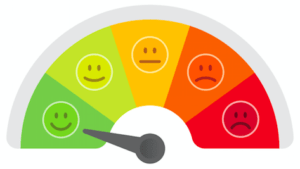
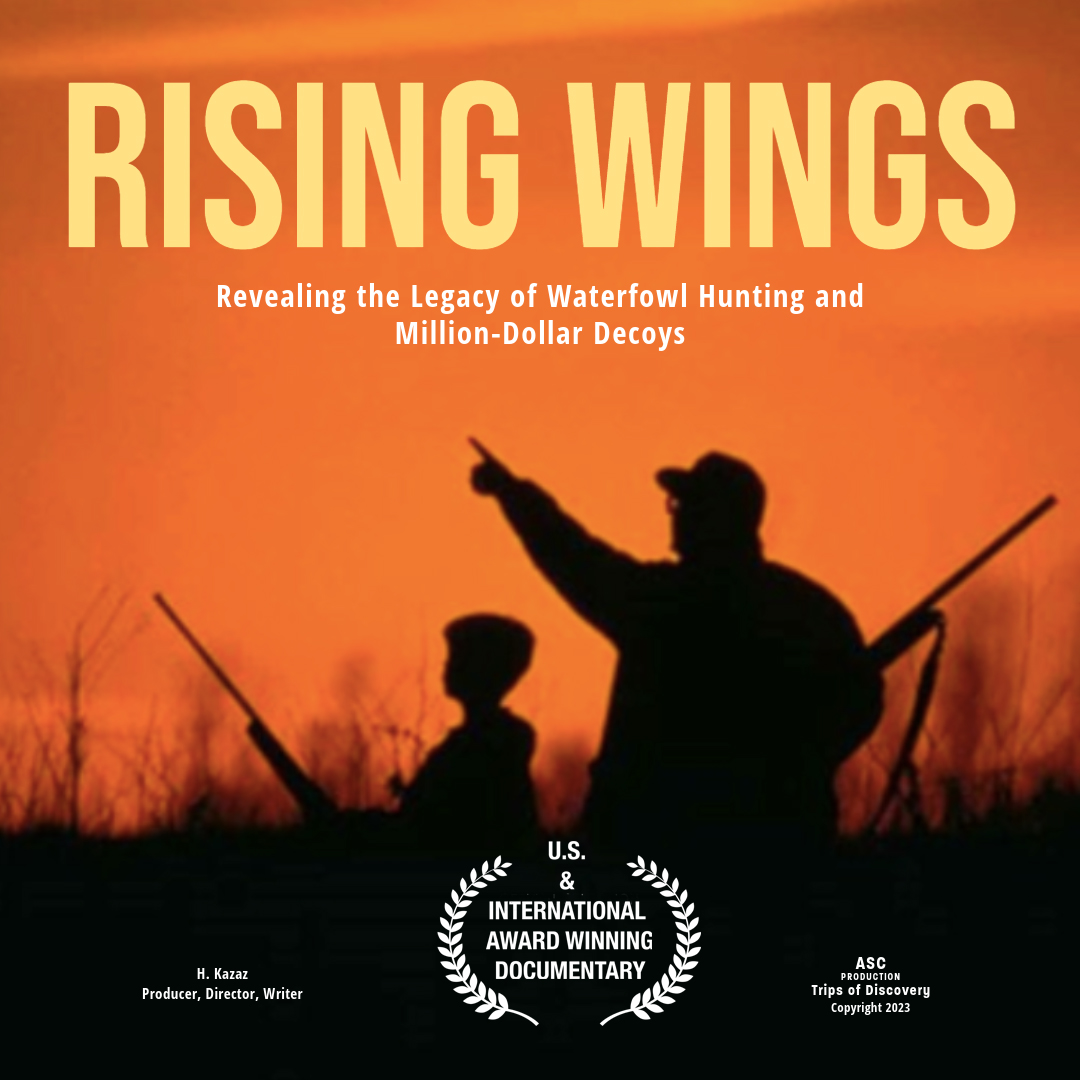
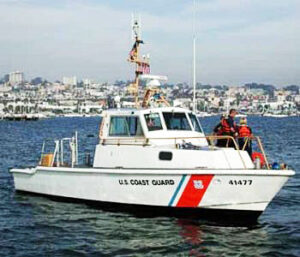



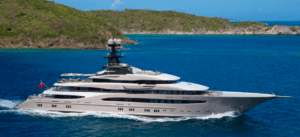





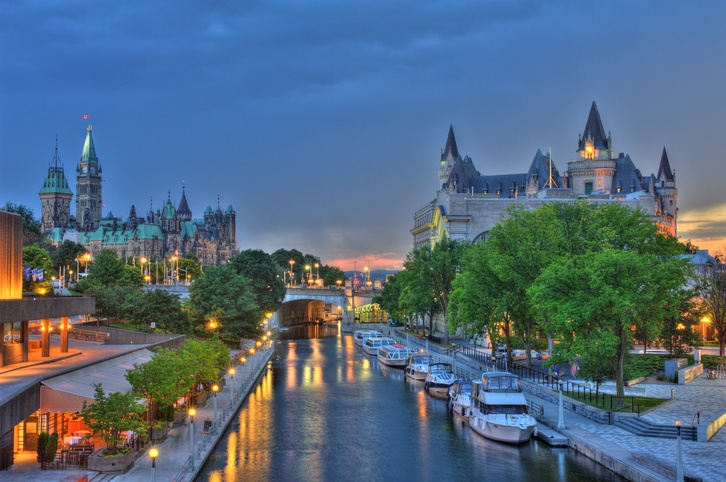
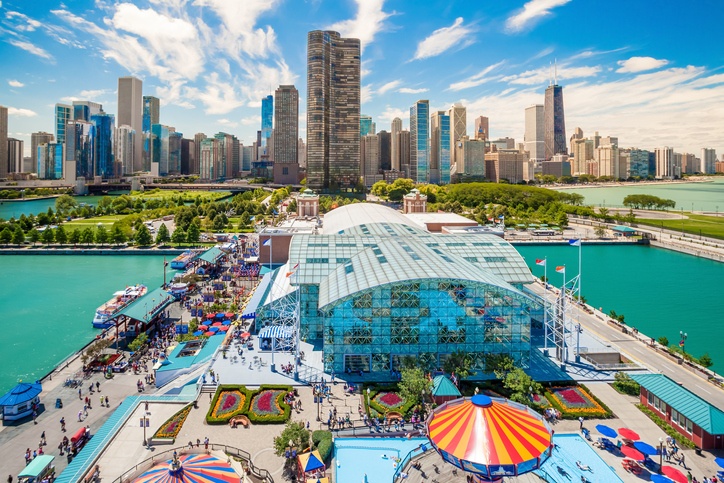
I do not know of any discussion boards, sorry. However, if you find one please send me a note so that we can do a quick writeup for all readers. Many thanks. K
Excellent blog you have here but I was curious about
if you knew of any discussion boards that cover the same topics
discussed here? I’d really like to be a part of group where I can get feedback from other
experienced people that share the same interest.
If you have any suggestions, please let me know.
Thanks a lot!
Excellent writing! Captured the essence of Feb on the bay!
We’re a group of volunteers and starting a new scheme in our community. Your website offered us with valuable info to work on. You have done a formidable job and our entire community will be thankful to you.